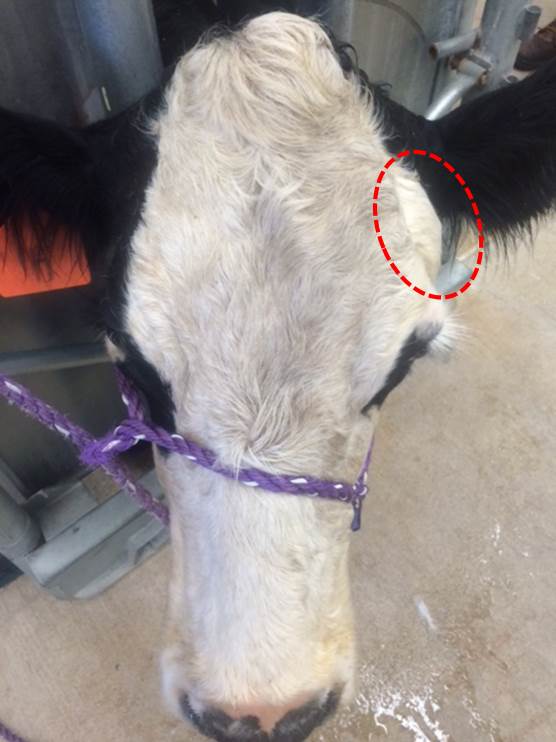5 Facts You Should Know About Enzootic Bovine Leukosis in cattle
Dr. Matt D. Miesner, MS, DACVIM
There are very few causes for cancer in cattle. One of the most common is generalized cancer caused by a virus that can affect any breed, in any geographical location, called Enzootic Bovine Leukosis. Most cattle producers will experience this disease in their herd but may not recognize it due to the often vague syndromes and low numbers of cattle that outwardly show problems. These are the top five commonly asked questions about Bovine Leukosis when it is recognized as a problem.
1. What causes Bovine Leukosis?
“Enzootic” Bovine Leukosis is caused by a virus, descriptive named Bovine Leukemia Virus (BLV). The enzootic designation indicates that it is an infection maintained within the bovine species. The virus is adapted to cattle and once an individual is infected, it will be infected for life since the virus incorporates itself into the animal’s DNA, survives, and replicates. Occasionally this infection results in cancer, since it is also an “oncogenic”(cancer causing) virus. There are other forms of Bovine Leukosis in cattle that are “sporadic”, meaning they are not viral associated, are much less common, affect different age groups, and show different clinical signs.
2. How is BLV transmitted?
The short answer is BLOOD and miniscule amounts at that. Less than 1 microliter is needed for to establish infection which would correspond to a blood contaminated needle where the blood is not visible to the naked eye. Sharing the same needle between cattle as may occur while vaccinating is enough to transmit infection from one animal to the next. Other methods are processing instruments like dehorners, ear tagging, or castrating tools. Insects may serve as vectors to transmit blood between cattle as well. Much less common methods for transmission are other fluids such as saliva, milk, or respiratory. Primary control focuses on limiting blood transfer.
3. Can the infection be treated or eliminated?
Unfortunately not, since the virus becomes incorporated in the animal’s DNA. Antiviral medications are not available for cattle and are not effective. Once infected, they are infected for life.

|
| Cow with swelling behind the eye due to BLV. |
4. What are clinical signs and how common are they?
Cattle are most often infected with the virus in the first few years of life, but do not usually show clinical signs for a few years after infection. Most commonly, cattle show clinical signs between 4 and 6 years of age. Clinical signs will depend on where the tumors develop in the body. Common sites are lymph nodes under the skin or behind the eye, resulting in large lumps in the neck, shoulder, flanks, etc., or protruding eyeballs. (Image A) Sometimes the tumors develop inside the body, resulting in digestive, heart, reproductive or respiratory problems. Finally tumors can develop in the spinal cord resulting in down cattle (“downers”) that often cannot use their hind legs. (Image B)

|
| Cow unable to use black legs due to spinal tumor from BLV. |
Fortunately, clinical signs are not very common. Infection with the virus however, can be very common, sometimes upwards of 75% to even 100% of the herd. Clinical signs will only show up in 2% to 5% of the infected animals. Clinical signs may show up as an occasional case once or twice over long intervals (i.e. years) or may show up all at once in several animals and appear like an outbreak or poisoning.
5. How can I test for the infection?
Physical exam and eliminating other causes. Sometimes a blood test showing an extreme elevation in blood lymphocytes can be highly suggestive, but this is very uncommon, less than 1/3 of clinical cases. A serum test is available, but only lets us know that the animal is infected and gives no indication of the likelihood of clinical signs. Since clinical signs mimic other diseases and infection common, a positive serum test does not necessarily mean the animal’s problem is due to BLV. A post-mortem exam (necropsy) after the animal has expired is most often confirmatory.